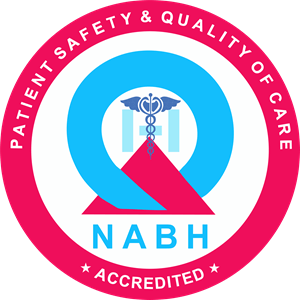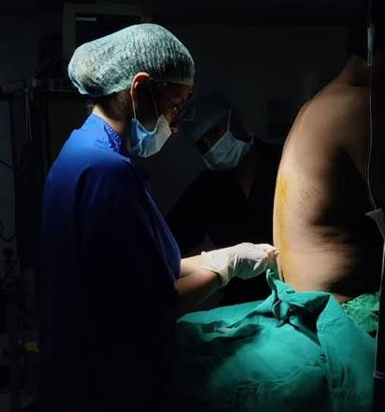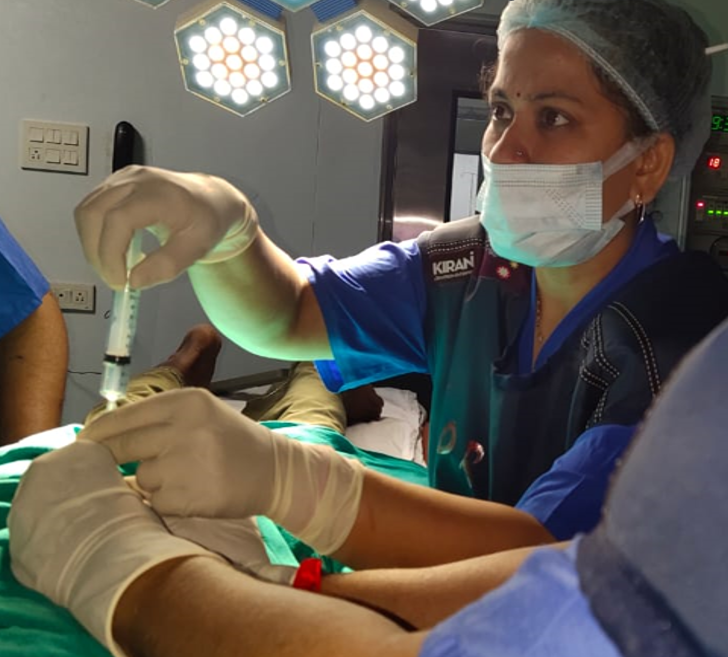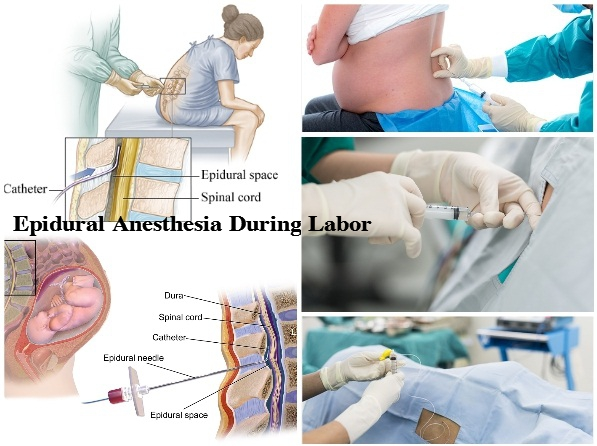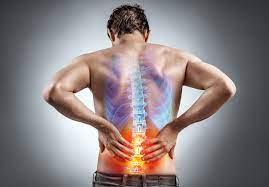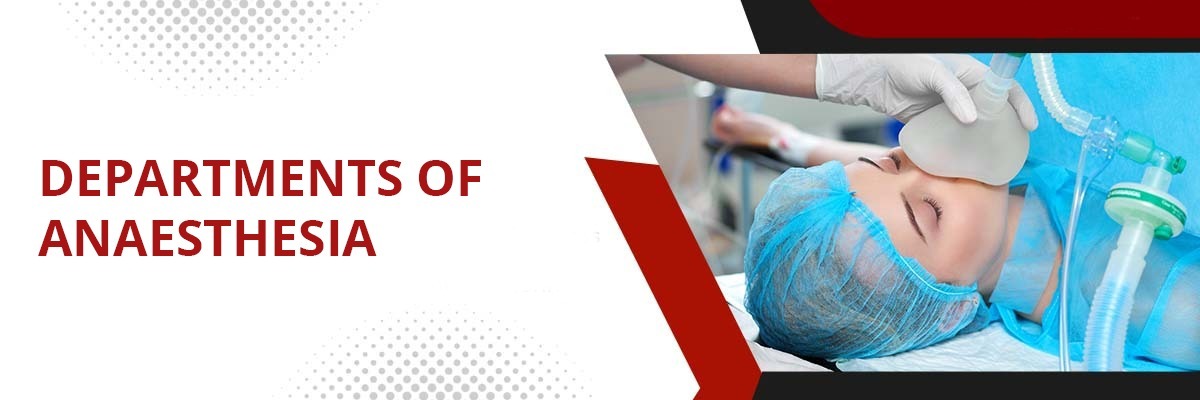
About
Services & Facilities
At SRMS Hospital in Bareilly, we are dedicated to providing comprehensive and state-of-the-art services and facilities for Anaesthesia & Pain Management. Our team of skilled anesthesiologists and pain management specialists work tirelessly to ensure the comfort, safety, and well-being of our patients. Here are some of the key services and facilities we offer in the field of Anaesthesia & Pain Management:
1. Preoperative Assessment: Our team conducts thorough preoperative assessments to evaluate the patient’s medical history, current health status, and any potential risks. This assessment helps tailor the anesthesia plan to the patient’s unique needs.
2. General Anesthesia: We provide general anesthesia services for a wide range of surgical procedures. Our experienced anesthesiologists carefully administer and monitor the anesthesia throughout the surgery, ensuring the patient’s vital signs remain stable.
3. Regional Anesthesia: We offer various types of regional anesthesia techniques, such as epidurals, spinal blocks, and nerve blocks. These techniques provide localized pain relief during and after surgery, reducing the need for general anesthesia and promoting faster recovery.
4. Monitored Anesthesia Care (MAC): For certain procedures, we offer monitored anesthesia care, where patients receive sedation and pain management while remaining conscious. This approach ensures patient comfort and safety during procedures that don’t require general anesthesia.
5. Pain Management: Our pain management specialists employ a multidisciplinary approach to address acute and chronic pain conditions. We offer interventions such as nerve blocks, radiofrequency ablation, and pharmacological management to help patients achieve optimal pain relief and enhance their quality of life.
6. Postoperative Pain Control: We prioritize effective postoperative pain management to facilitate a smoother recovery for our patients. Our team employs various methods, including patient-controlled analgesia (PCA), epidural analgesia, and oral pain medications.
7. Anesthesia for High-Risk Patients: Our skilled team is experienced in managing anesthesia for high-risk patients, such as those with underlying medical conditions or advanced age. We tailor our approach to minimize risks and ensure patient safety.
8. Continuous Monitoring: Throughout all procedures and pain management interventions, we maintain vigilant monitoring of patients’ vital signs, oxygen levels, and other key indicators. This constant oversight helps us respond swiftly to any changes in the patient’s condition.
9. Collaborative Approach: We work closely with the surgical and medical teams to ensure seamless coordination of care. Our collaborative approach ensures that patients receive the best possible treatment and pain management outcomes.
10. Patient Education: We believe in empowering our patients with knowledge. Our team educates patients about the anesthesia and pain management options available, helping them make informed decisions about their care.
Treatments
- General Anesthesia: This involves inducing a state of unconsciousness so that the patient is unaware and does not feel pain during surgical procedures.
- Regional Anesthesia: This includes spinal anesthesia, epidural anesthesia, and nerve blocks. These techniques numb specific areas of the body, allowing surgery to be performed without affecting consciousness.
- Local Anesthesia: It involves injecting anesthetic agents into a small area to numb the region for minor surgical procedures or pain relief.
- Sedation: In some cases, conscious sedation might be used to relax patients and alleviate anxiety during certain procedures.
- Specialized Anesthesia : Cardiac Anaesthesia, Neuro Anaesthesia, Paediatric Anaesthesia, Onco Anaesthesia
pain management
- Medication: Analgesic medications like non-steroidal anti-inflammatory drugs (NSAIDs), opioids, and muscle relaxants can be used to manage pain.
- Physical Therapy: Therapeutic exercises, stretches, and manual techniques can help alleviate pain and improve mobility.
- Interventional Procedures: Techniques like epidural steroid injections, nerve blocks, and radiofrequency ablation can target specific sources of pain.
- Psychological Techniques: Cognitive-behavioral therapy, relaxation techniques, and mindfulness meditation can help manage chronic pain by addressing its psychological impact.
- Electrical Stimulation: Transcutaneous electrical nerve stimulation (TENS) and spinal cord stimulation are methods that use electrical impulses to reduce pain perception.
- Chronic Pain Management Programs: Comprehensive programs that combine various treatments, including physical therapy, counseling, and medical management, can be designed for patients with chronic pain.
Facilities available :
- Labor analgesia
- Epidural steroid
- Superior hypogastric block
- Coeliac plexus block
- Ganglion impar block
- Stellate ganglion block
- C arm guided and USG guided interventions
- lumbar sympathectomy
Treatments Available :
- Painless delivery
- Chronic back pain
- Cancer pain
- Sciatica
- Coccydynia
- Spondylitis
- Peripheral vascular disease pain
- Gangrene pain
- Herpes zoster pain



